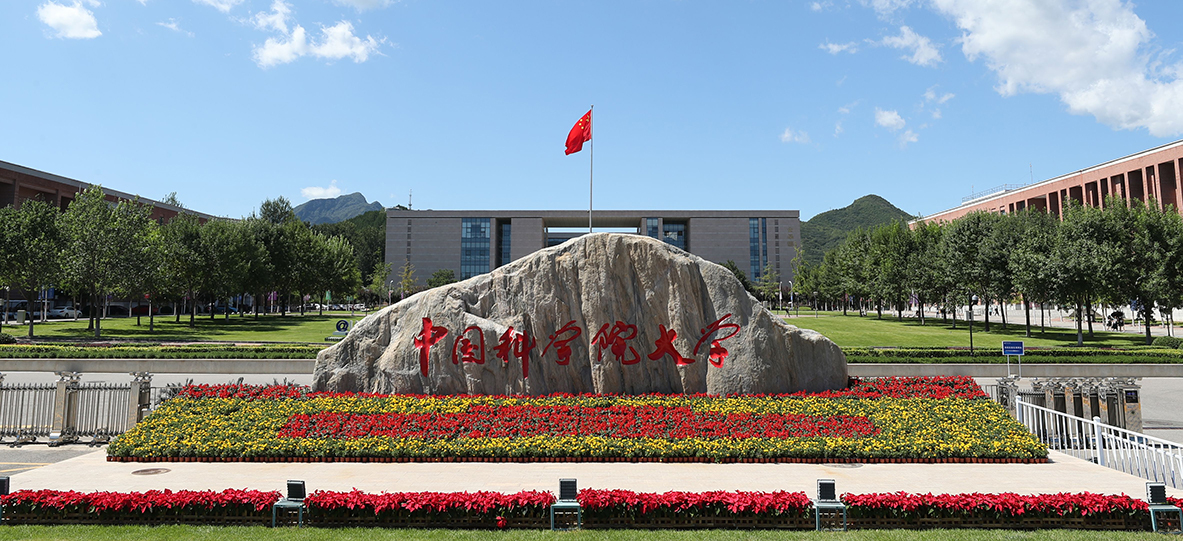Speaker
Description
Numerical simulations of classical Yang-Mills (CYM) fields on a discrete space are known to describe the real-time dynamics of the pre-equilibrium matter consisting of gluon, called glasma, and widely used to provide the initial condition for the subsequent hydrodynamic evolution. When using the glasma simulation, we often assume the the boost-invariant. This assumption implies a relativistic limit and is particularly useful for studying experimental results at mid-rapidity. However, the glasma rapidity dependence beyond boost invariance has recently attracted much attention [1-3].
In this talk, we propose a new numerical method for 3+1D glasma simulations based on the MV model: the initial conditions for the CYM field and two 3D classical color sources are given on a lattice when the two nuclei are still apart. Their evolution is then obtained by solving the discretized classical equations of motion. This strategy is basically the same as that adopted in [3] but is performed in Milne coordinates, whereas the previous 3+1D CYM simulation uses Minkowski coordinates. Since Milne coordinates automatically account for the longitudinal expansion of the geometry, lattice simulations in Milne coordinates are expected to save the longitudinal volume of the lattice required in the simulation.
As results, we first show how efficient our method is. Then, we show some observables obtained from the application of our method to the central and non-central collisions.
[1] B. Schenke and S. Schlichting, Phys. Rev. C 94, 044907 (2016).
[2] A. Ipp and David I. Müller, Eur. Phys. J. A 56, 9, 243 (2020).
[3] S. Schlichting and P. Singh, Phys. Rev. D 103, 1, 014003 (2021).

